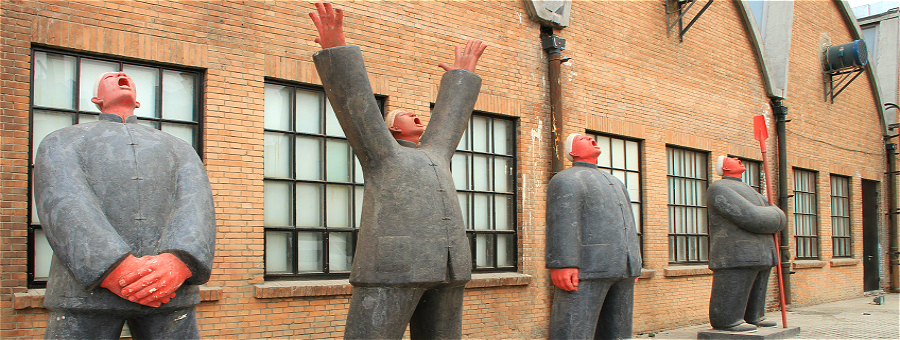Beijing, the national capital, is arguably the most vibrant city in China and has caused the Westerners infinite reverie for the blend of the ancient and the iron-and-cement-made metropolis. As a world-famous destination, Beijing offers much to explore… but it will cost you! While thousands of people are murmuring about the huge expense on touring Beijing, those in the know are enjoying exploring this unique Eastern ancient civilization for free! On this post, we round up the best 8 free things to do in Beijing for you traveling in Beijing with kids or friends.
Tiananmen Square - The Soul of Beijing
Tiananmen Square, the world’s largest public square, is considered as a should-not-miss stop on your Beijing itinerary, partly because it is free! It is home to a handful of majestic architectures including the monument to the heroes of the revolution, the Great Hall of the People, the National Museum of China, and the Chairman Mao Zedong Memorial Hall (displaying Mao's embalmed body). You can fly kite on the Tiananmen Square, provided that the weather is good with a soft breeze.
- Best time to visit: 17:00-19:00: Enjoy the sunset and flag-lowering ceremony, as well as the night view of the Tiananmen Rostrum and the light show.
- Best for: History buffs (especially for you to learn modern Chinese history), family with kids
- How to get there: Subway Line 1 and Line 2; Ciy bus No. 1, No. 2, No. 52, No. 120, etc.
- Recommended tour: 4-day Beijing Highlights Tour
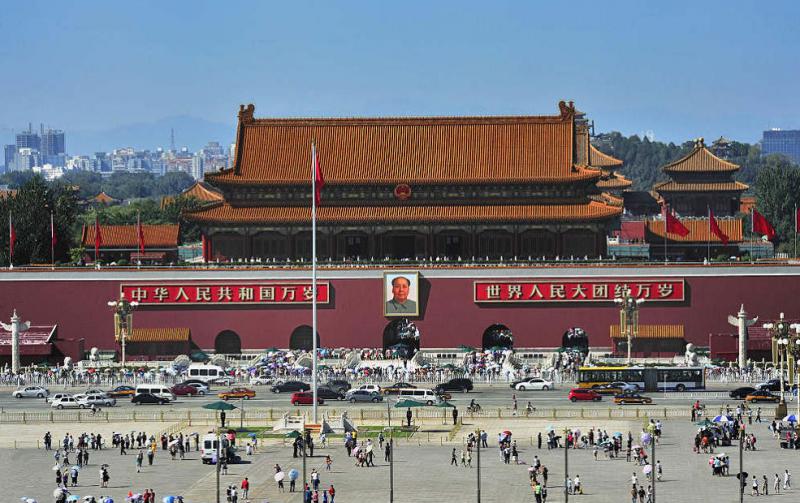
Ritan Park - An Important Ancient Sacrificial Sites
The used-to-be temple’s altar for ritual sacrifice to the sun god by the ancient emperors is now a busy public park featured charming sceneries. Here, you will see crowds of local residents dancing, practicing tai-chi, performing Peking Opera, and flying kites. Children will also find Ritan Park an interesting place for those rides it has such as trampolines, inflatables and a merry-go-round.
Since 2010, at Ritan Park, cultural events such as the Qing Dynasty Festival Day Performance and the Sun Culture Exhibition are held every year. Actors perform the rituals of the halo book, music and dance, and altar ceremonies documented in the Qing Dynasty, and restore the costumes, props, and musical instruments of the Qing Dynasty.
- Best time to visit: Spring (March-May) is suitable for flower viewing; fall (September-October) has the Golden Autumn Garden Festival, during which you can enjoy chrysanthemum exhibitions and lantern shows; summer (June-August) is suitable for escaping the heat
- Best for: History lovers (to learn about the culture of the Ming and Qing royal ceremonies), family with kids
- How to get there: Subway Line 1 and Line 2; Ciy bus No. 1, No. 4, No. 729, No. 44, etc.
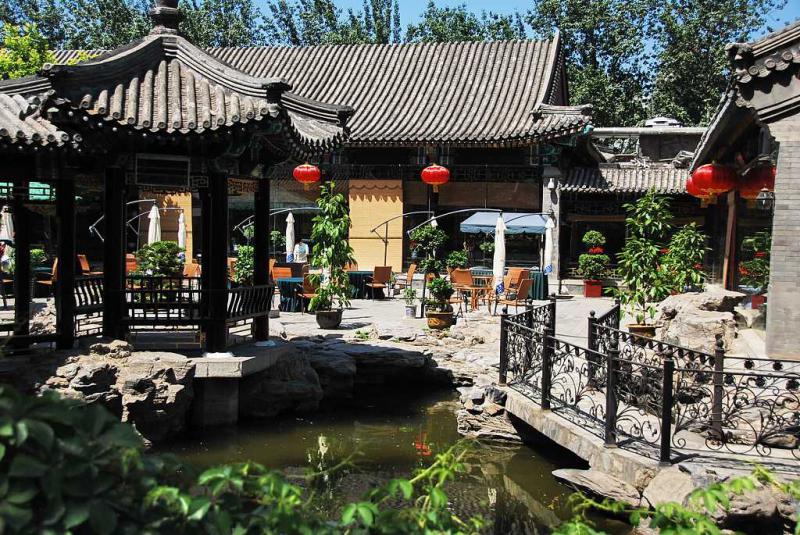
The Hutong - The Unique Charm of Old Beijing
There’s no place in Beijing where you’ll feel more hunted by the old lifestyle of the city than in those zigzag hutongs. And it is free to explore hutongs. They are narrow valleys and lanes flanked with ancient courtyard residences, named Siheyuan, only existing in Beijing. As it is fast disappearing in recent years for the urban construction, your Beijing tours should have it! Renown Beijing Hutongs include Qianshi Hutong, Nanluoguxiang Hutong, Hutong… Have a leisure Hutong tour by bike or rickshaw or just on foot. Walk around, observing and experiencing the local life (people are playing cards, chess, cooking food…) stop by, and chat with the Beijingers. 、
- Best time to visit: Spring and Autumn (March to May and September to November): pleasant weather, especially from late October to early November, with ginkgoes and red leaves dotting the landscape of old Beijing
- Best for: History and culture buffs, food explorers
- How to get there: Subway line 6 to Nanluoguxiang Station, subway line 2 to Andingmen Station or Yonghegong Station
- Recommended tour: 2-day Beijing Tour with Great Wall & Forbidden City
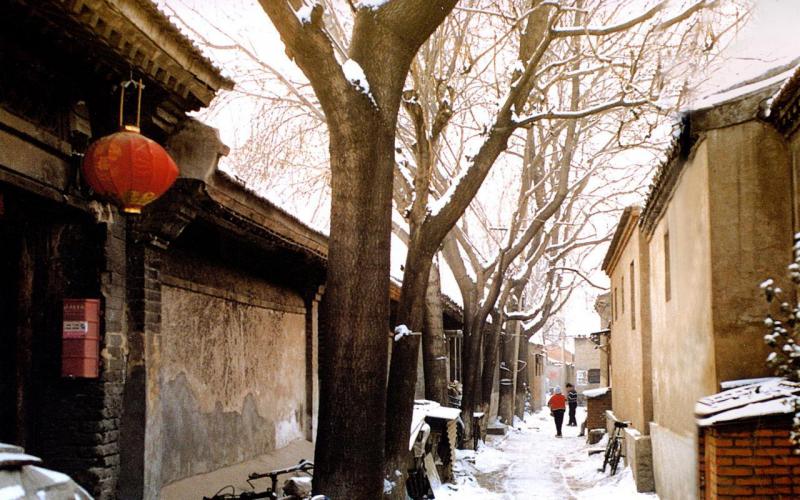
798 Art District - China’s Contemporary Art Experience
798 Art District is known as Beijing’s fashion and art center, converted from an abandoned electronics factory of 1950s. Now it is a land dedicated to lush art galleries, artists’ studios , boutique shops, cafes, and bars. There is something new and something old. Strolling through the 798 Art District, you are most likely to be caught up in the ubiquitous art atmosphere, maybe taking foot in the faded Maoist propaganda slogans on the brickwork or triggered through the Bauhaus-style buildings.
- Best time to visit: Weekdays (10:00 to 17:00) to avoid weekend crowds; Art Festival in September
- Best for: Art lovers, photography enthusiasts, families with children
- How to get there: Get off at Wangjing South Station on Subway Line 14; Bus No. 401, 405, 445, 988 and 991
- Recommended tour: 5-day Private Beijing Family Tour
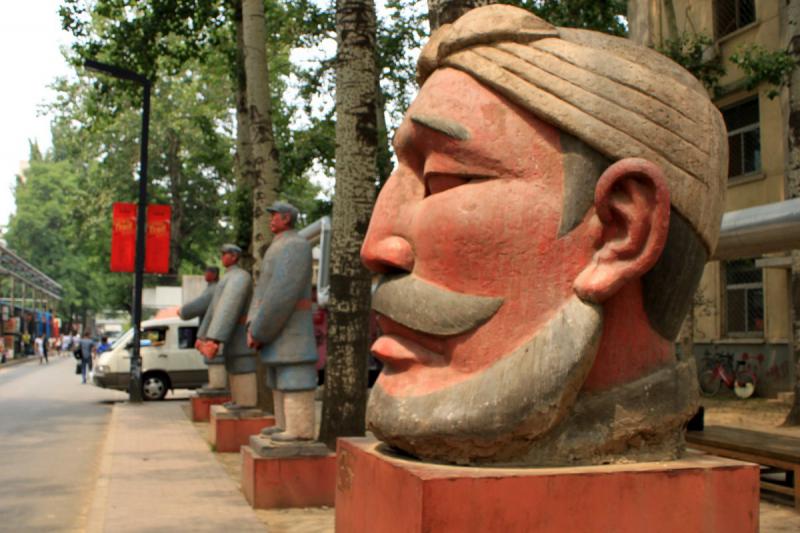
Shougang Park - An Industrial Site Transformed into a Cyberpunk Park
Located in Beijing's Shijingshan District (the birthplace of modern industry in Beijing), Shougang Park is a place where you can explore industrial heritage and Winter Olympics venues, as well as immersive sci-fi and technology experiences. In addition, the park is now home to 138 hard sci-fi creation and hard tech innovation companies, including Noiton, WANOS Panorama Sound (which served as the sound producer for the Ne Zha movie), Lamborghini, and Yixin Technology.
The blast furnace built in 1919 can be visited for free. The 3.5-kilometer-long Skywalk, transformed from an industrial pipeline corridor, offers a view of the entire western part of Shijingshan District, and is also free of charge.
- Best time to visit: Spring and Fall (March-May and September-October)
- Best for: Photography enthusiasts, art and technology fans, families with children, sports enthusiasts
- How to get there: Take Subway Line 6 to Jin'anqiao Station, exit K.
The National Museum of China - A Palace of History and Culture and Art
One of the free museums in China. Located on the east side of Tiananmen Square in the center of Beijing, it is the largest museum in the world in terms of single building area. There are collections numbering more than 1.43 million items, involving oracle bones, bronzes, porcelains, jades, gold and silver wares, coins, Buddhist statues, ancient books, inscriptions and topographies, tombstones, seals and seals, paintings and calligraphy, sculptures, lacquered wooden furniture, brick and stone carvings, and enameled wares.
- Best time to visit: Weekdays (Tue-Fri): less crowded than weekends and holidays
- Best for: History buffs (must see the “Ancient China” basic display, covering 5,000 years of Chinese civilization), art enthusiasts, families
- How to get there: Subway Line 1; buses No. 1, 2, 52, 82, 120, etc.
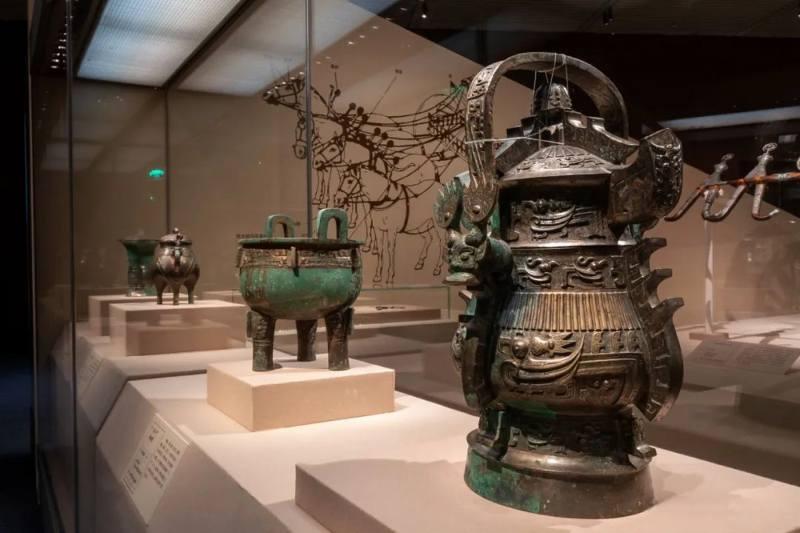
Panjiayuan Antique Market - the Biggest Second-hand Goods Market in China
One of the best free things to do in Beijing - exploring Panjiayuan Antique Market. It is one of the most popular market places in Beijing. There has always been a saying that foreigners must do three things in Beijing: visiting the Great Wall of China, eating Peking duck, and visiting Panjiayuan. Cultural relics, paintings, calligraphy and calligraphy, onyx and jade, porcelain, wooden furniture, Chinese and foreign coins, shadow puppets, traditional Chinese clothes, old books, handicrafts, etc. can be found in over 3,000 stalls.
- Best time to visit: Weekends, this is the busiest time with the largest number of stalls, especially the “ghost market” in the early hours of Saturday morning (12 midnight on Friday).
- Best for: Antique lovers, photography enthusiasts, young people, seniors
- How to get there: Take the subway line 10 and get off at Panjiayuan station.
- Recommended tour: 3-day Beijing Shopping Tour
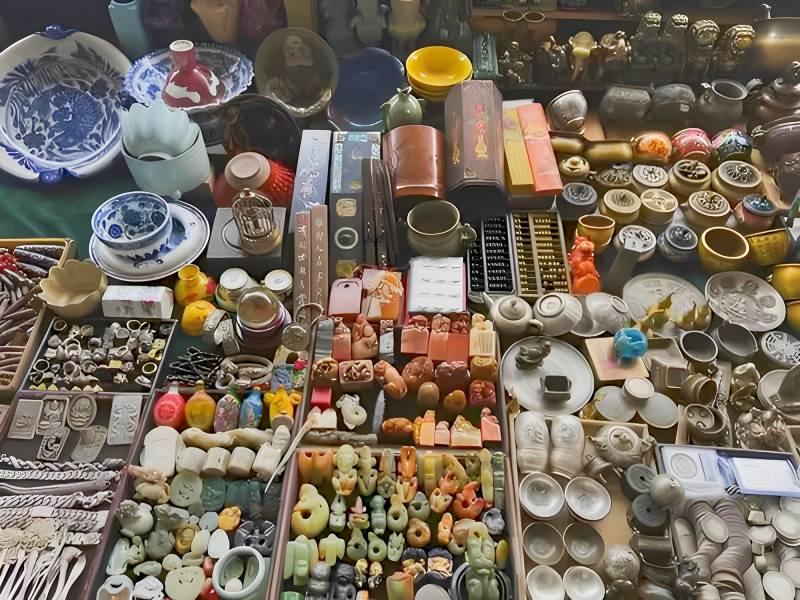
Beijing Modern Buildings
Wanna save time and cost? Pause and glaze at some famous modern buildings of Beijing in a distance is one great choice. Below we recommend are finest examples of Beijing modern architectures very popular among design buffs and travelers.
- Beijing National Stadium Bird’s Nest, completed in 2008 for the Beijing Olympic Games has long reminded one of the original wonders of the world.
- National Aquatics Center, or Water Cube was built as the main venue for the swimming competition of the 2008 Olympic Games, now becomes a landmark of Beiijng.
- National Grand Theatre, surrounded by a man-made lake, is resembling a huge egg floating on the water. It is home to an opera hall, music hall, and theater for top professional performances.
- Central Chinese Television Headquarters, short for CCTV Headquarters, is a top world architectural wonder formed by two leaning towers, each bent 90 degrees at the top and bottom to form a continuous loop. The special SHAPE gains it the nickname of “Big Pants Crutch (大裤衩)”.
- Terminal 3 of Beijing International Airport was completed in 2008 in conjunction with 2008 Beijing Olympic Games and claims to be the world's largest of its kind which can handle a huge volume of passengers and features an environmental-control system.
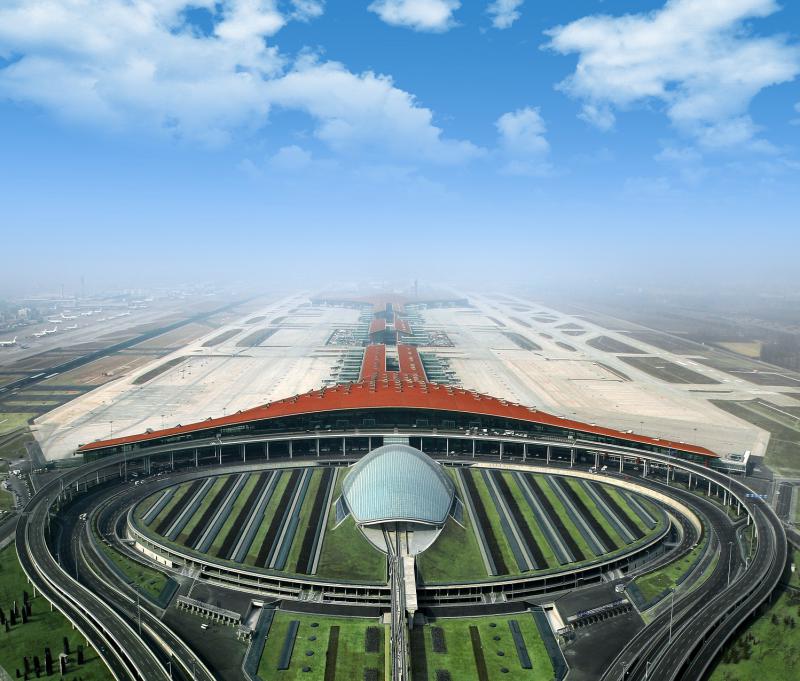
(Terminal 3 of Beijing International Airport)

(National Grand Theatre)
